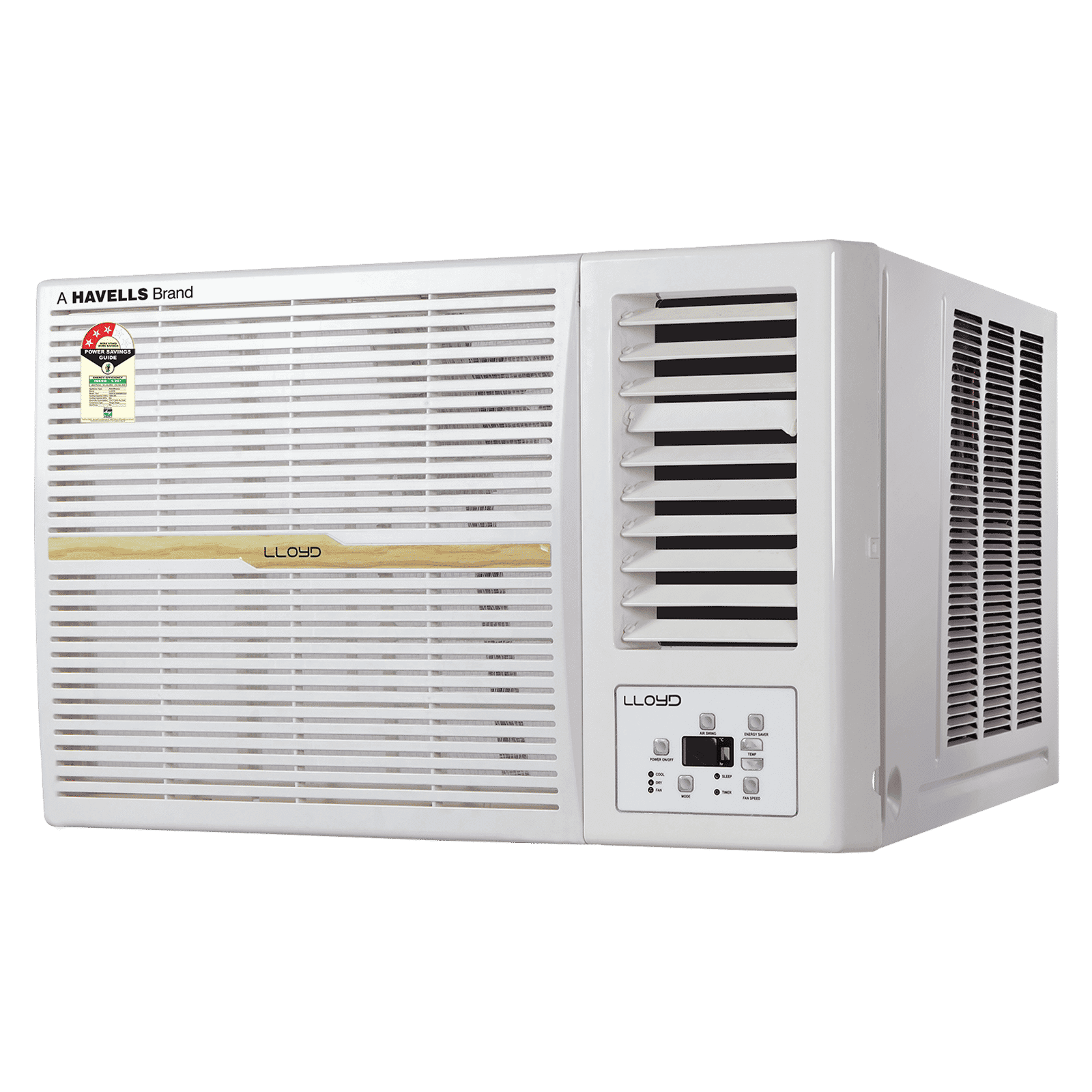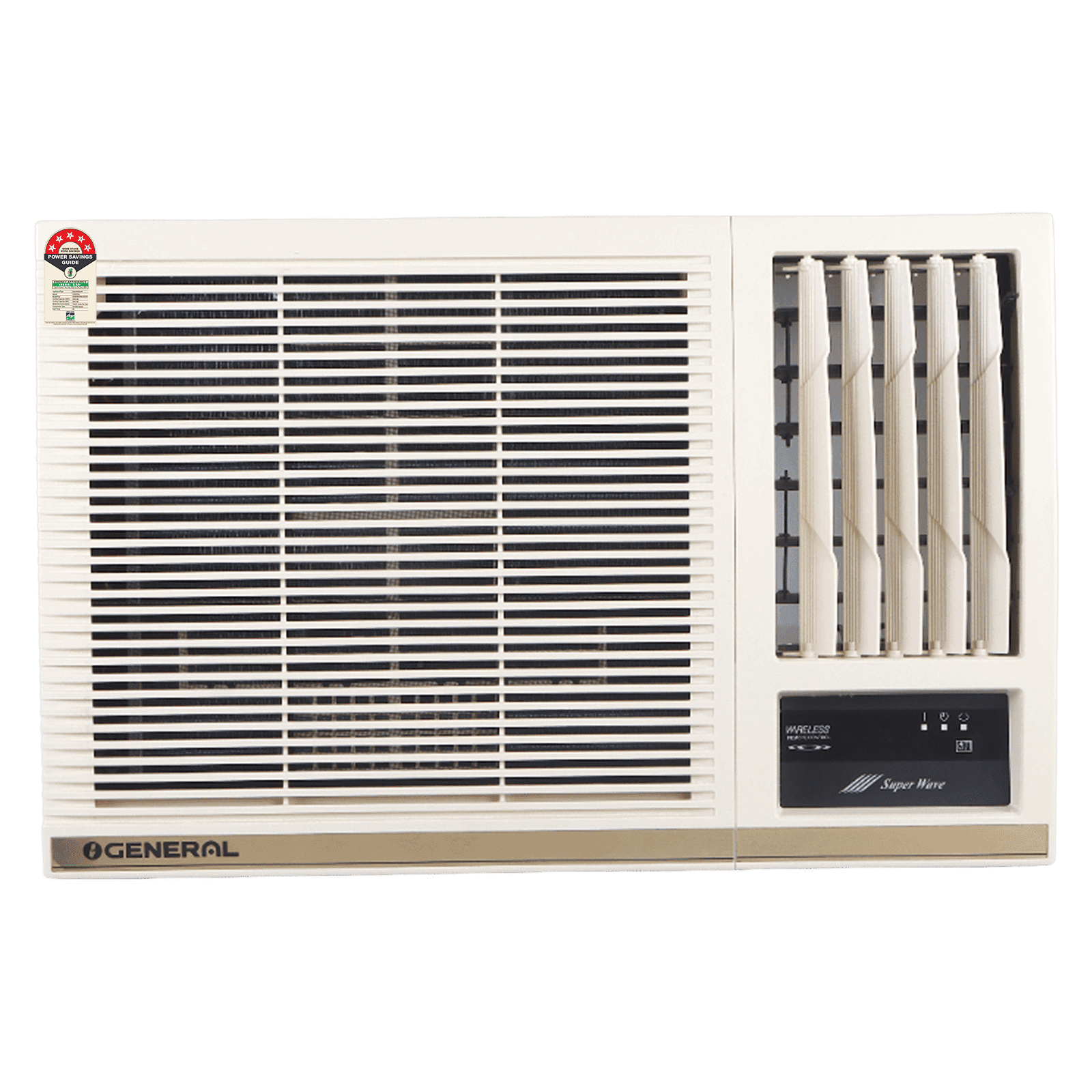(64)-cfe03ee1-88f8-41ea-af2e-fe471dc0ec2a.webp&w=3840&q=75)
Consumer Electronics
•04 min read

Buy Lloyd 1 Ton 3 Star Window AC (2023 Model, Copper Condenser, GLW12C3XWSEW) online at best prices from Croma. Check product details, reviews & more. Shop now!
Have you ever wondered why air conditioners are measured in tons rather than in watts or kilowatts? This intriguing measure has left many homeowners and tech enthusiasts curious about its origins and significance in modern cooling systems. In this post, we explore the basics of air conditioner tonnage, how it is calculated, and why choosing the right tonnage is crucial for ensuring optimal cooling efficiency in your home or office.
The term "ton" in air conditioning refers to the cooling capacity of an AC unit. Historically, a ton was defined by the amount of heat needed to melt one ton of ice over a period of 24 hours. This is roughly equivalent to 12,000 BTUs of energy per hour, where BTU stands for British Thermal Unit. The origins of this measurement link directly back to methods that relied on melting ice to achieve cooling, bridging the gap between historical practices and contemporary technology.
Using tons as a measure has become standard in the HVAC industry due to its long-lasting historical relevance. Although modern technology might tempt us to consider units like kilowatts or horsepower, the ton provides a simple, effective way to benchmark cooling capacity for both small and large systems. This measure distinguishes itself by directly correlating with the amount of heat an air conditioner can remove from a space, ensuring that your cooling needs are met with precision.
Did You Know? The term ‘ton’ in air conditioning originates from the heat required to melt one ton of ice in a 24-hour period, making it a practical standard equivalent to around 12,000 BTUs per hour!
The calculation process for AC tonnage starts with the cooling capacity, which is measured in BTUs per hour. By dividing the total BTUs by 12,000, you determine the tonnage of an air conditioning unit. This straightforward calculation helps both professionals and customers understand the capacity of a unit in terms they can relate to easily. The integration of energy efficiency and modern cooling technology means that correctly assessing this value ensures that your environment is as comfortable as possible without unnecessary energy wastage.

Buy Daikin Standard Series 1.5 Ton 3 Star Split AC (Copper Condenser, PM 2.5 Filter, FTL50UV) online at best prices from Croma. Check product details, reviews & more. Shop now!
It is important to note that while tonnage is a unit of cooling capacity, there is a subtle distinction to be made. Cooling capacity refers to the total heat removal performance of an air conditioner, while tonnage is the numerical representation of that capacity. Common ratings, such as 1 ton, 1.5 ton, or 5 ton, indicate the amount of heat removal in units of 12,000 BTUs per hour per ton. Understanding this differentiation ensures you select a unit that matches the size of your space and cooling requirements.
Selecting the correct tonnage for your air conditioner is crucial to achieving the desired level of comfort in any space. An undersized unit may struggle to adequately cool your home or office, leading to inconsistent temperatures and increased energy consumption. Conversely, an oversized unit may cool a space too quickly, resulting in wasted energy and higher operational costs. Achieving the ideal balance in tonnage not only enhances comfort levels but also promotes sustainable energy practices.
Correct tonnage is closely linked to energy efficiency, often reflected in SEER ratings that measure seasonal energy performance. A precisely sized air conditioner ensures that energy is used efficiently, offering long-term benefits in terms of cost savings on your monthly bills. While higher tonnage might indicate the potential for cooling larger spaces, it should align with the actual cooling needs of your environment to avoid unnecessary energy loss and running costs.
There are often regional differences when it comes to measurement standards for air conditioners. In India and many parts of the world, the ton remains a universally accepted unit of measurement in the HVAC industry. The historical roots and practical benefits of using tons have reinforced its widespread adoption, ensuring clear communication of an air conditioner's capacity regardless of geographic location.
A common misconception is that a higher tonnage always results in better cooling performance. In reality, installing an air conditioner with unnecessarily high tonnage can lead to inefficiencies, particularly in smaller spaces. Another myth is that tonnage alone determines the overall performance of an AC unit. In truth, several factors, including the unit’s design and energy efficiency measures, work together to deliver optimal cooling. Understanding these nuances helps you make a well-informed decision when selecting your cooling system.

Buy O GENERAL 1.5 Ton 5 Star Window AC (2023 Model, Copper Condenser, Anti Bacterial Filter, AXGB18CHAA-B) online at best prices from Croma. Check product details, reviews & more. Shop now!
A "ton" refers to the cooling capacity of an air conditioner, defined as the amount of heat required to melt one ton of ice in 24 hours, equivalent to 12,000 BTUs per hour.
Tons are used because the concept originates from historical methods of cooling using ice. It offers a standardised way to measure the cooling capacity in the HVAC industry.
AC tonnage is calculated based on the cooling capacity in BTUs per hour. For instance, one ton equates to 12,000 BTUs per hour.
While tonnage represents a unit of measurement, cooling capacity indicates the total amount of heat an air conditioner can remove per hour.
Not necessarily. Although a unit with a higher tonnage can cool larger areas, using it in a space that does not require it can result in inefficiency. Other factors, such as SEER ratings and appropriate sizing, greatly influence overall energy efficiency.
Understanding why air conditioners are measured in tons is essential for making informed decisions about cooling systems. From its historical beginnings in ice melting to its present-day application in HVAC technology, tonnage is a crucial metric in determining an air conditioner's performance and energy efficiency. Grasping the basics, careful calculations, and the importance of selecting the right tonnage can ensure a comfortable, energy-saving environment in your home or office.